Free Tropical Runtz seeds on orders over $150!
Cannabis plants are resilient because they can grow without any nutrients. They will even produce some buds; however, you must utilize nutrients if you want to optimize yields and get enormous buds. It would be best if you also utilize them appropriately. Overfeeding or underfeeding could reduce yields and potentially kill your plants. That is why you must understand the best cannabis nutrients to use, how frequently you should provide nutrients to your plants, and tips on how to feed your cannabis plants nutrients. Here is everything you need to know about the best cannabis nutrients needed to grow your plants effectively:
Organic and synthetic cannabis nutrients have different chemical compositions. Organics require bacteria and fungi in the substrate to convert nutrients into a plant-available form. These products are sourced from natural sources and nourish the micro-life in the soil rather than the plant itself. This implies they may or may not contain any minerals and will not immediately nourish the plant. Organic nutrients may be provided without affecting the pH. Conversely, synthetic nutrients are cannabis nutrients that feed the plant directly and do not require intermediate processing. Synthetic nutrients must thus be provided at the proper pH for the plant to absorb them.
Cannabis plants need various nutrients to grow and mature. Some of these cannabis nutrients are essential, and they will die if they aren’t provided. Others are less important but help optimal growth, fructification, reproduction, and general health. Cannabis nutrients, together with light, water, oxygen, and CO₂, give your plants everything they require to grow, develop, and generate large quantities of potent and tasty buds.
Cannabis macronutrients (nitrogen, phosphorus, and potassium) are those nutrients that your crop needs in the highest quantities and are essential to its existence. The NPK ratio is an essential concept in cannabis cultivation, and understanding it will aid you to feed your plants appropriately. Also, the NPK ratios of most commercial plant fertilizers are prominently displayed, and this will likely be the primary element influencing which feed you choose to give your plants.
Additionally, cannabis plants require secondary macronutrients like calcium, magnesium, and sulfur. Each of these nutrients has a particular purpose during the cannabis plant’s life cycle. Specific cannabis nutrients already have a good mix of these secondary macronutrients but double-check before you buy. Otherwise, you can use them individually. For instance, calcium can be applied as a foliar spray.
Cannabis micronutrients (iron, copper, zinc, manganese, chlorine, boron, molybdenum, or nickel) are also needed for plant crops to grow and thrive. Micronutrients are typically needed in lower quantities than cannabis macronutrients. Furthermore, the good thing about these cannabis micronutrients is that they are generally plentiful if you’re cultivating in rich soil, so you don’t need to worry about them. Conversely, you must need to add them if you are cultivating in an inert medium, such as hydroponically.
Hydroponics and soil are two common cannabis growing mediums, with both requiring specialized nutrient formulas adapted to their distinct growth circumstances if desired results are to be obtained.
Hydroponic production is growing cannabis plants on a water-based, soil-free medium in which the roots directly touch with the fertilizer solution. Hydroponic nutrients are specially designed to suit the nutritional requirements of plants growing in this environment. They are usually sold in concentrated liquid form and may be readily dissolved in water for application. Here are some common features of hydroponic cannabis nutrients:
Since hydroponic cannabis plants have direct access to nutrients in the water, they can take in them faster than soil-grown plants. This enables quicker growth rates and more efficient nutrient absorption.
Maintaining the right pH level of the fertilizer solution is critical in hydroponic systems. Hydroponic nutrients frequently include pH buffers or stabilizers to alter and maintain the ideal pH range for plant nutrient absorption.
Cannabis hydroponic nutrient solutions are designed to offer all of the macronutrients (nitrogen, phosphorus, potassium, calcium, magnesium) and micronutrients (iron, boron, nickel, manganese, zinc, and sulfur) that are need for optimal plant growth.
Cannabis plants are cultivated in conventional soil or soil-like media in soil culture. In soil culture, nutrients are given by the soil itself or by introducing fertilizers into the growth media. Here are several important characteristics of soil cultivation cannabis nutrients:
Organic substances that release nutrients slowly over time are usually found in soil medium nutrients. This slow-release trait gives your cannabis plants a more consistent nutrient supply, boosting long-term growth and resilience.
Soil is home to a diverse community of beneficial microorganisms that aid nutrient cycling and plant health. Also, cannabis soil nutrients support microorganism growth and activity, which lead to a healthy soil setting for your plants.
Soils can buffer nutrient availability, which means they can keep and slowly release nutrients to plants as needed. This buffering ability aids in preventing nutritional imbalances and enables more consistent delivery of nutrients.
The frequency you feed cannabis plants is determined by the type of cannabis nutrients used and the plant’s growth stage. As a result, experts recommend that you thoroughly study the suggested feeding schedules provided on your fertilizer of choice before feeding your cannabis. It should inform you which cannabis nutrients to take and when to utilize them. Understanding these charts is critical to set out an effective feeding schedule.
Once cannabis seedlings have reached the vegetative development stage, they should start giving them nutrients. Cannabis plants concentrate on rapid leaf and stem development at this growth stage. This phase requires a nutrient ratio that favors nitrogen (N), phosphorus (P), and potassium (K). An optimal NPK ratio is 3:1:2, with a slightly larger amount of nitrogen. This cannabis nutrient mix promotes healthy leaf development, strong stems, and overall plant health. During this stage, it is also important to supplement with micronutrients such as iron (Fe), manganese (Mn), and zinc (Zn).
Cannabis plants’ nutrient requirements alter as they mature into blooming plants. The emphasis turns to bud growth and resin synthesis during this vital stage.

The plant needs an NPK ratio of 1:3:2 during the early and mid-blooming stages (when the plants stretch and the buds fatten) but an NPK ratio of 0:3:3 throughout the ripening phase. This greater phosphorus (P) to nitrogen (N) ratio promotes vigorous blooming, better bud development, and increased resin production overall. Furthermore, micronutrients, such as boron (B), magnesium (Mg), copper (Cu) and Sulfur (S), can aid flowering plants and increase yield.
Preparing a nutrient solution is straightforward and only takes a few steps. However, it is critical to proceed cautiously, as getting the ratios incorrect can result in damage that is difficult to reverse—and may not be totally recoverable. The following are the steps for making a nutrition solution:
Here are common tips to assist you in feeding your cannabis plants:
Understanding nutrient ratios and giving the right cannabis nutrients are critical for growing success. Whether you’re utilizing hydroponics or soil cultivation, you’ll need the correct nutrient mix. Hydroponic nutrients provide full and balanced formulations, quick absorption, and pH management, whereas soil nutrients provide organic and slow-release formulations and nutrient-balancing capabilities. Growers should routinely examine the plants and pH levels and design a suitable nutrient schedule to avoid typical nutrient challenges such as deficiencies and burns.
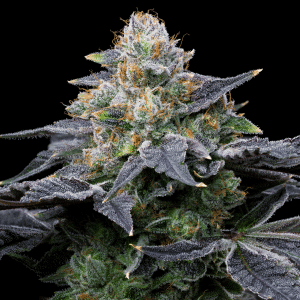
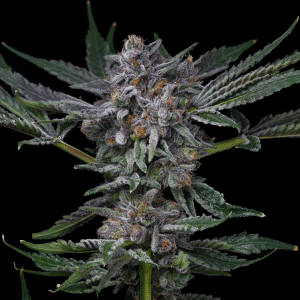
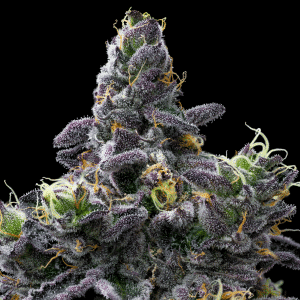
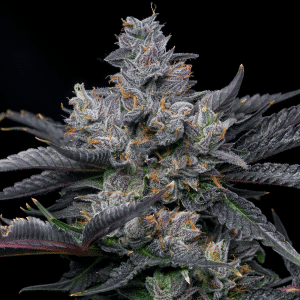
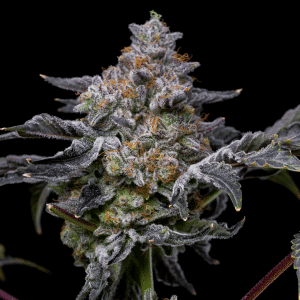
Offers
This product is not for use by or sale to persons under the age of 18. This product should be used only as directed on the label. It should not be used if you are pregnant or nursing. Consult with a physician before use if you have a serious medical condition or use prescription medications. A doctor’s advice should be sought before using any hemp products. All trademarks and copyrights are property of their respective owners and not affiliated with nor do they endorse this product. These statements have not been evaluated by the FDA. This product is not intended to diagnose, treat, cure or prevent any disease. By using this site you agree to follow the Privacy Policy and all Terms & Conditions printed on this site. All products contain less than 0.3% Cannabinoid-compliant with applicable Federal Laws. Please make yourself aware of any and all applicable laws regarding hemp in your jurisdiction. Premium Cultivars accepts no liability or responsibility regarding germination laws in any specific locale state or national jurisdictions.THCA products are not available for shipment to the following states: Hawaii, Idaho, Minnesota, Oregon, Rhode Island, Utah, Vermont *Note: Products with Total THC content above 0.3% must not be shipped to these states.
We want to help you get your hands on the seeds you want, take 20% off your next purchase when you enter your email below!
We want to help you get your hands on the seeds you want, take 20% off your next purchase when you enter your email below!